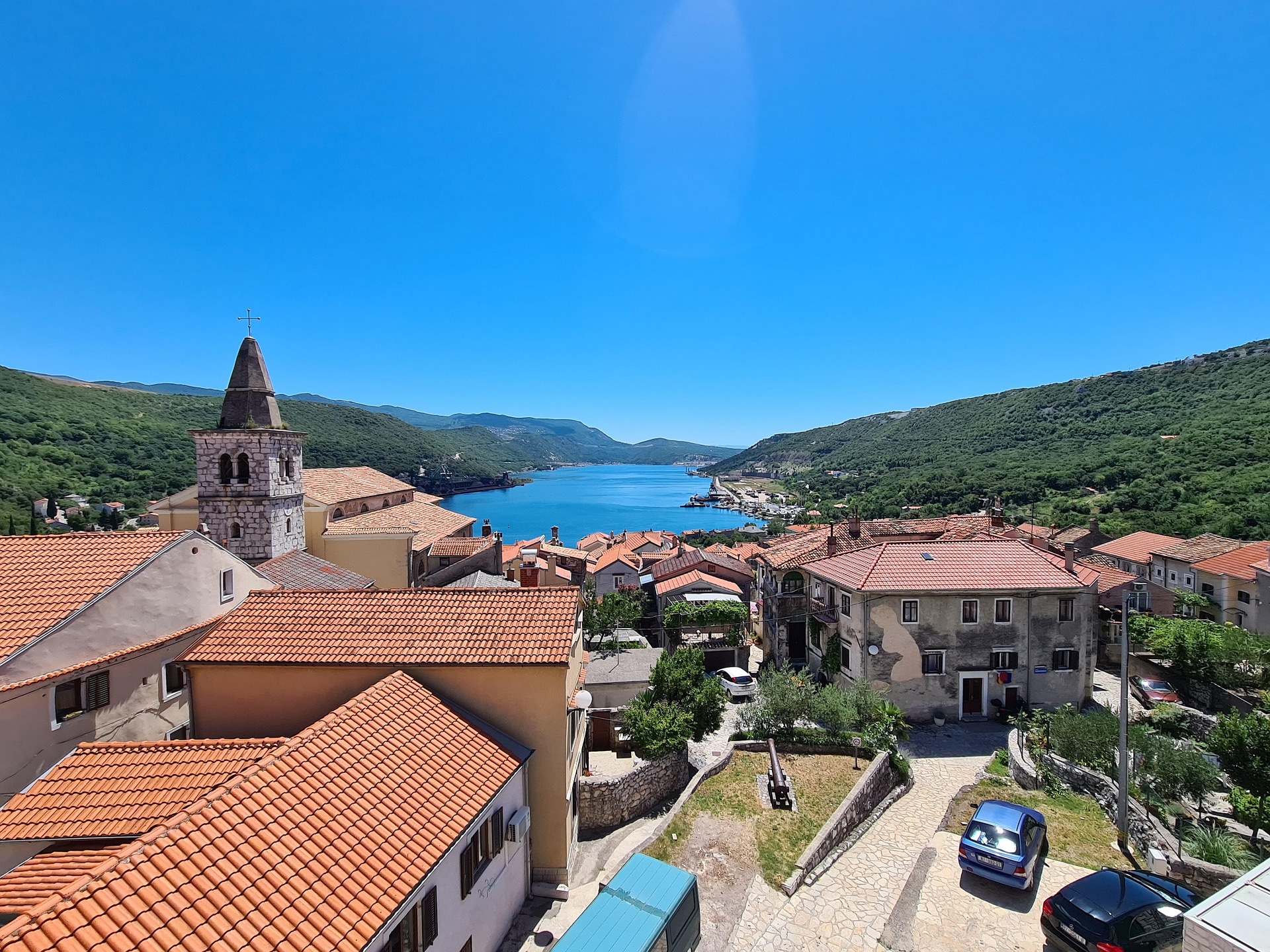November the 1st, 2025 – Bakar, a small coastal settlement, used to have more inhabitants than Rijeka, Split, and even Zagreb…
As Putni kofer/Antonio Ivcevic writes, cities are the pride of every country across the world and reflect its identity, history and individual character. Their architecture, culture and diversity tell endless stories about the time, people and events that shaped them over the centuries. Croatia has many reasons to be proud in this regard. Today, the largest and also the capital city is Zagreb, which, according to the 2021 census, is home to 767,131 inhabitants. Immediately behind it is Dalmatia’s capital of Split with 161,312 inhabitants, then Rijeka with 108,622 and Osijek with 96,848 inhabitants. Croatia is struggling demographically, and once, the picture used to look completely different. About 200 years ago, at the turn of the 18th and 19th centuries, the largest Croatian city was (rather surprisingly to most), beautiful little Bakar.
Bakar is located not too far from Rijeka and is one of those cities that very intentionally and proudly preserves its heritage. Its name appears in written documents as far back as 1288, which testifies to an extremely long and interesting history. Today, it is home to 7,573 inhabitants according to the latest census, but more than two centuries ago the situation was the opposite. Back at the very turn of the 19th century, Bakar had as many as 7,805 inhabitants, this made it larger than Rijeka, Varaždin, and even Zagreb, which at that time had only 2,973 inhabitants.
The Bakar census was compiled in 1775 during the reign of Maria Theresa and is a valuable historical document that reveals much more than mere statistics and numbers. It was studied in detail by Dr. sc. Josip Celić, who in his work analysed the age and gender structure of the then population of Bakar, their jobs, social status, and the overarching way of life in the town during that period. Thanks to his in depth research, today we can more clearly imagine what life was like in Bakar back during the 18th century and how important a role the town played in the wider Croatian sense at that time.
Although it is located near its much larger neighbour, Rijeka, which is only fifteen kilometres away, Bakar has always been slowly building its own recognisable and charming tourist story. In this, it is accompanied by eight picturesque settlements in the surrounding area that share the same administrative unit with the city. At the very heart of this exciting story is the old town centre, under protection since 1968, which is home to numerous cultural treasures and testimonies of ancient times. Among them, the striking Frankopan Castle stands out, proudly standing at the very top of the historic centre, as a silent witness to the rich and interesting life in Bakar that has played out for many centuries.
The so-called Turkish House, one of the most unusual buildings in the entire Kvarner region, typically attracts special attention to all those visiting Bakar. Located in a narrow street in the oldest part of the town, it immediately reveals that it is very different from the somewhat typical stone houses that surround it. Its oriental architecture and warm tones of the facade bring a touch of the East to the coastal Croatian landscape. It is also associated with a romantic legend that has been circulating among the residents of Bakar for generations. According to the story, the house was built by a sailor for his beloved wife, whom he brought from Turkey, wanting to create a home for her that would remind her of her beloved homeland. No one knows for sure when it was built or what it looked like in its original form, but its presence still awakens the imagination and reminds us of the times when even the most obscure of love stories were written in unique places.
Bakar can boast of much more than having more inhabitants than Zagreb once upon a time. It also has a rich industrial heritage and is home to a great number of priceless sacral buildings that testify to its spiritual and cultural importance throughout the centuries. Among them, the church of St. Andrew (Sv Andrija) stands out, known for its exceptional acoustics and crypt containing as many as 85 tombs. Its space exudes a sense of total zen and dignity, and every visitor can feel the breath of a time long gone by in the silence of its old walls. Slightly more secluded, almost hidden from view, is the church of the Holy Cross from 1764. Unlike other religious buildings in Bakar, this small church occupies a completely different position, and worship services are still held there today according to the old custom in which the priest actually turns his back to the faithful.
Subscribe to our newsletter
the fields marked with * are required





